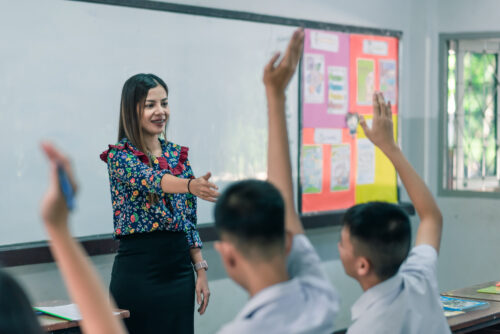
In February 2016, the Coalition for Multiple Pathways to a Diploma, coordinated by AFC, issued an updated policy brief identifying barriers to CTE instruction for students with disabilities and ELLs and providing recommendations to NYSED and the Board of Regents for creating accessible CTE programs that will benefit these students.






